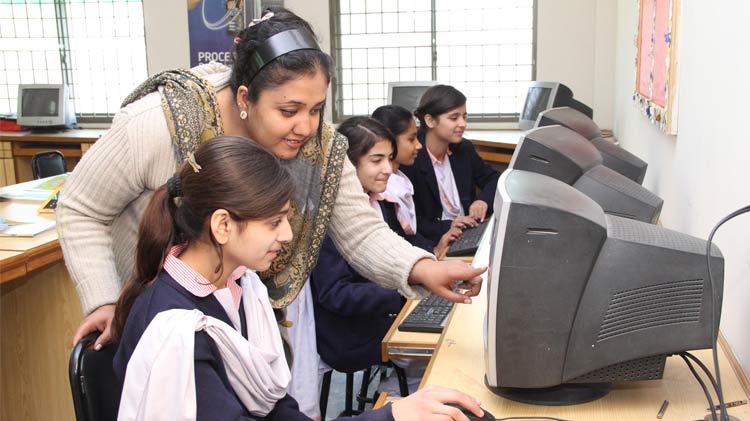
Pakistan is left behind by many developing and regional countries in the world as it places on 146th position on the ICT Development Index 2016 by International Telecommunication Union (ITU).
The country’s position went down from 145 to 146 in a year despite the fact that Pakistan is witnessing healthy technological development, progress innovation and rise of entrepreneurship using ICT.
Even the country position is lower than South Asian countries such as India with ranking of 115; Bangladesh with 145, Nepal with 142, Bhutan with 117 on the ICT Development Index.
This shows that ICT development in these countries is slightly better than Pakistan though facing similar challenges of abject poverty, socio-economic sustainability and lower per capita income.
The full index can be viewed here.
According to ITU report, Pakistan is among the few countries with the most affordable mobile broadband prices found specifically in the Asia and the Pacific region.
Besides Pakistan, Sri Lanka, Bhutan and Cambodia offer prepaid mobile-broadband plans at prices below USD 2 per month.
This shows that high capacity mobile broadband at very affordable prices (less than USD 5 per month) is possible.
Many people still do not own or use a mobile phone in Pakistan and different countries such as Bangladesh, India and Indonesia.
Household data from developing countries show that a significant part of the population does not use mobile-cellular services at all. In developing economies where recent household data is available, close to 20 per cent of the population, on average, are still not using a mobile phone.
The proportion of mobile-phone ownership is even lower, especially in large developing economies such as Bangladesh, India, Indonesia and Pakistan, where more than 40 per cent of the population do not own a mobile phone.
Gender Issues
The dis-aggregation of data on mobile-phone usage by gender shows that the percentage of male users is higher than that of female users in most countries. Four countries stand out as having large gender gaps include Pakistan (64 per cent of female mobile users as against 81 per cent of male mobile users in 2015), the Islamic Republic of Iran (56 as against 78 per cent, 2013), Bangladesh (71 as against 82 per cent, 2015) and India (79 as against 90 per cent, 2015).
Data shows larger gender gaps in mobile-phone ownership than in mobile-phone usage. Indeed, in all countries with large gender gaps in mobile phone usage, the gap is even larger in mobile phone ownership (e.g. men are twice as likely as women to own a mobile phone in Bangladesh, India and Pakistan).
The ITU ICT Development Index (IDI) is a unique benchmark of the level of ICT development in countries across the world. The IDI combines eleven indicators on ICT access, use and skills, capturing key aspects of ICT development in one measure that allows for comparisons across countries and over time. The IDI 2016, which covers 175 economies worldwide and makes comparisons to IDI 2015, highlights both progress and persistent divides in the global information society.
The Index is designed to be global and to reflect changes taking place in countries at different levels of ICT development.
Measuring The Information Society Report can be read in detail here.